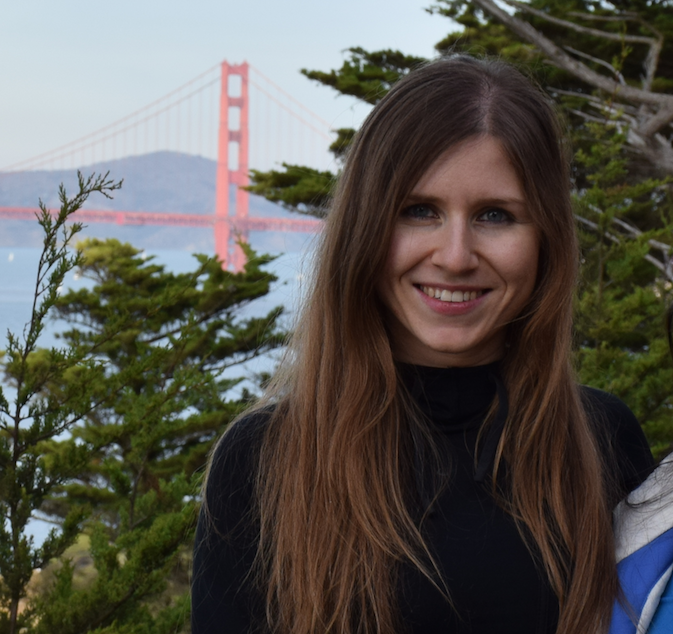Systems engineering for industrial cyber–physical systems using aspects
Published in Proceedings of the IEEE, 2016
One of the biggest challenges in cyber–physical system (CPS) design is their intrinsic complexity, heterogeneity, and multidisciplinary nature. Emerging distributed CPSs integrate a wide range of heterogeneous aspects such as physical dynamics, control, machine learning, and error handling. Furthermore, system components are often distributed over multiple physical locations, hardware platforms, and communication networks. While model-based design (MBD) has tremendously improved the design process, CPS design remains a difficult task. Models are meant to improve understanding of a system, yet this quality is often lost when models become too complicated. In this paper, we show how to use aspect-oriented (AO) modeling techniques in MBD as a systematic way to segregate domains of expertise and crosscutting concerns within the model. We demonstrate these concepts on actor-oriented models of an industrial robotic swarm application and illustrate the use of AO modeling techniques to manage the complexity. We also show how to use AO modeling for design-space exploration. Read more
Download here
